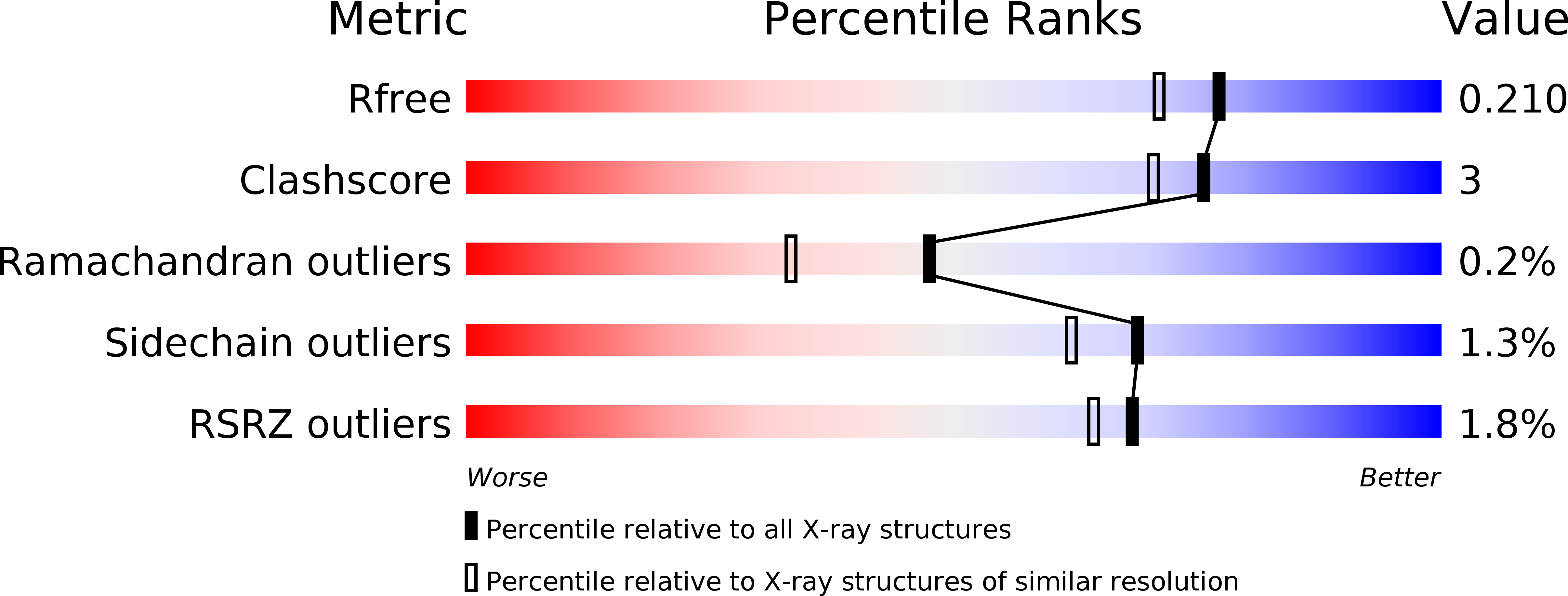
Deposition Date
2012-07-25
Release Date
2012-10-10
Last Version Date
2024-11-20
Entry Detail
PDB ID:
4GAG
Keywords:
Title:
Structure of the broadly neutralizing antibody AP33 in complex with its HCV epitope (E2 residues 412-423)
Biological Source:
Source Organism:
Hepatitis C virus (isolate Glasgow) (Taxon ID: 329389)
Mus musculus (Taxon ID: 10090)
Mus musculus (Taxon ID: 10090)
Method Details:
Experimental Method:
Resolution:
1.80 Å
R-Value Free:
0.21
R-Value Work:
0.17
R-Value Observed:
0.17
Space Group:
C 1 2 1


